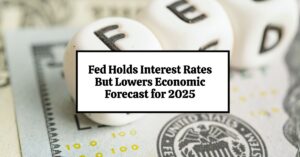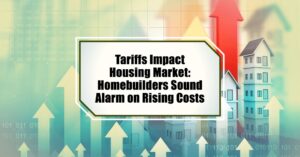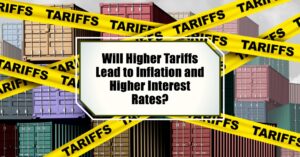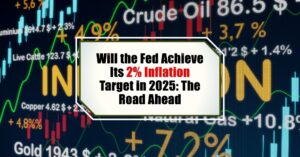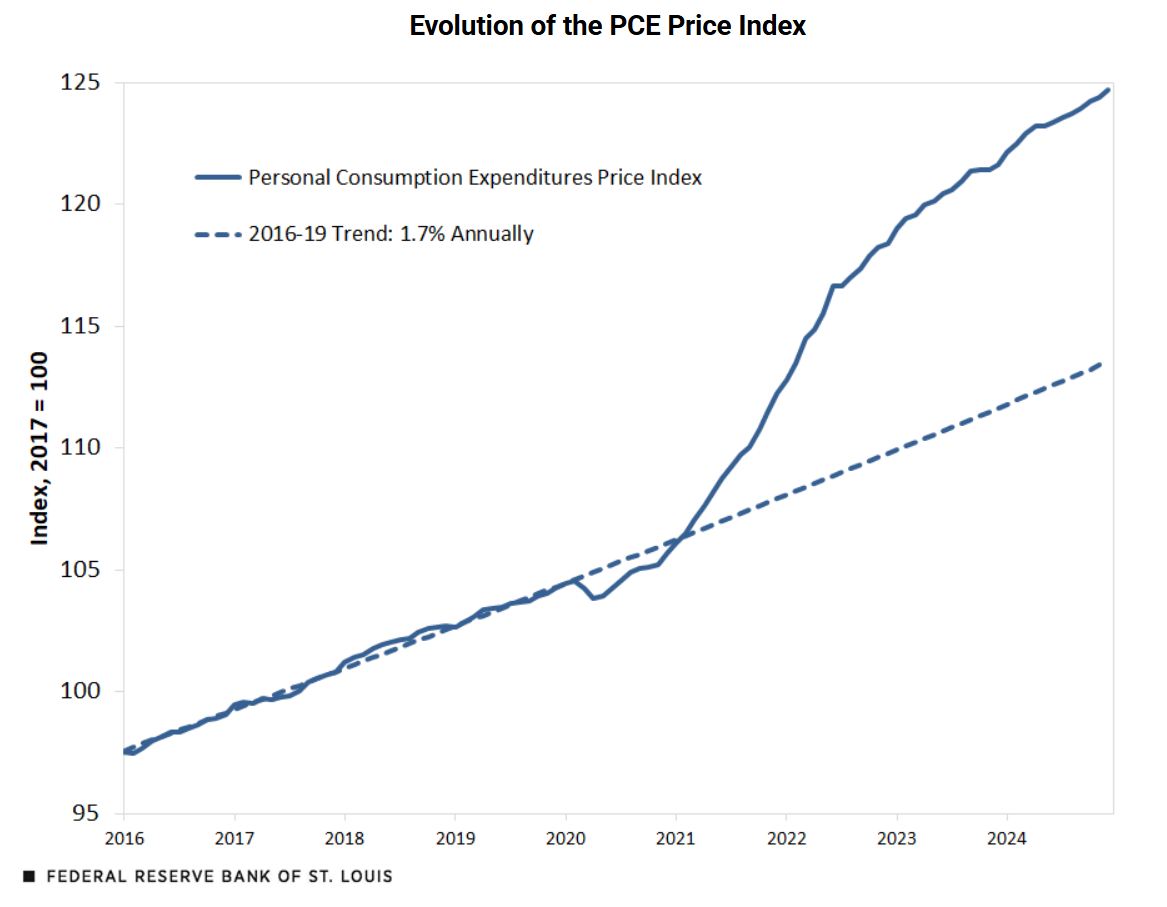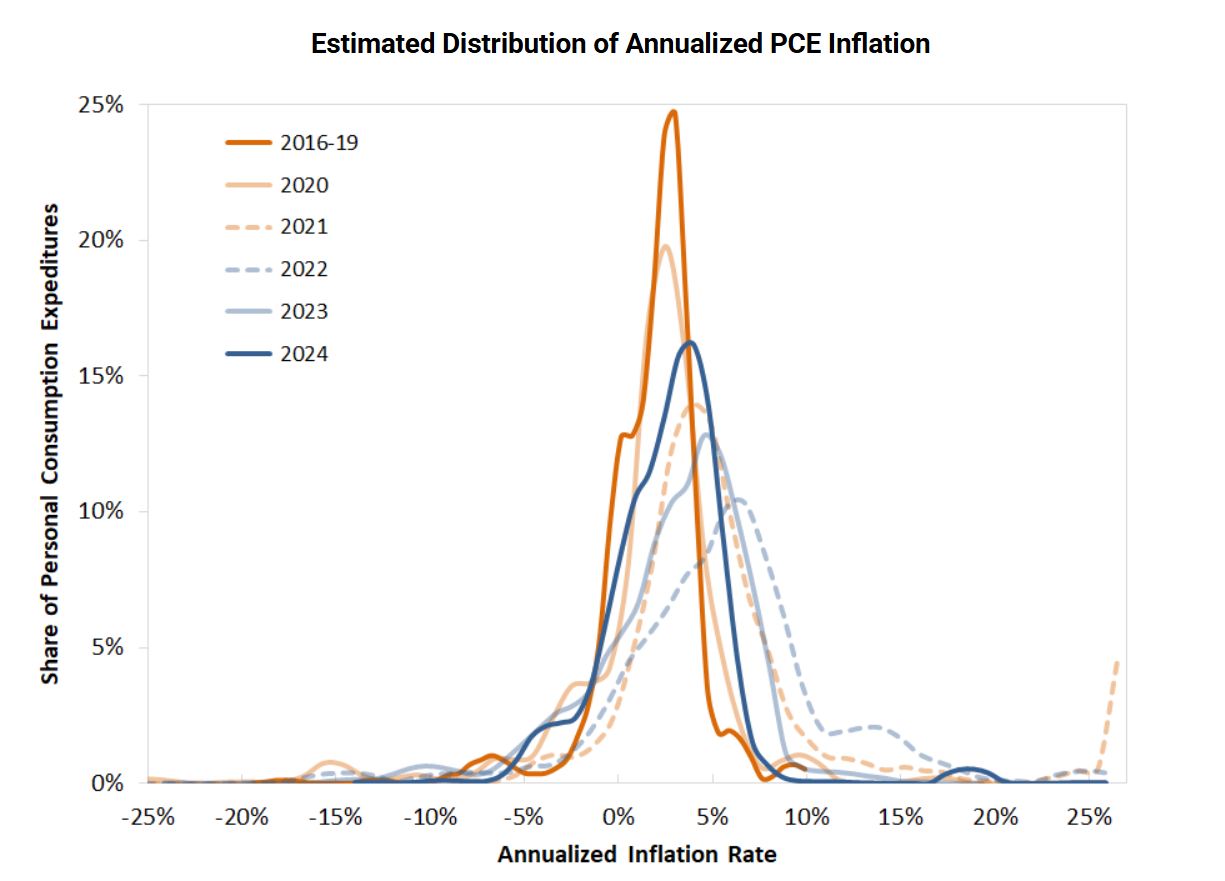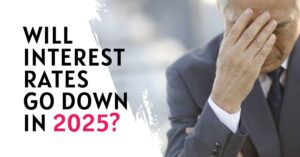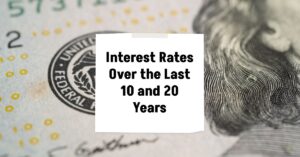Are you thinking about renovating your kitchen, paying off some high-interest debt, or maybe even funding a dream vacation? If you're a homeowner, you might be wondering how to finance these big goals. Well, good news! HELOC rates are at a new low in 2025, averaging around 8.04% as of March 15th. This makes borrowing against your home equity more affordable than it has been in quite some time. But what does this really mean for you, and are there any catches you should be aware of? Let's dive in.
HELOC Rates Plunge to Almost 2-Year Low in 2025: Should You Borrow?
What's a HELOC Anyway?
Before we get too far, let's make sure we're all on the same page. HELOC stands for Home Equity Line of Credit. Think of it like a credit card, but instead of a spending limit based on your credit score, it's based on the equity you have in your home. Your home equity is the difference between what your home is worth and how much you still owe on your mortgage.
Here's the basic idea:
- You Apply: You apply for a HELOC with a lender (like a bank or credit union).
- They Assess: They'll look at your credit score, income, and the value of your home to determine how much they're willing to lend you.
- You Get a Line of Credit: If approved, you get a line of credit that you can draw from as needed during the “draw period” (usually 5-10 years).
- Repayment: After the draw period, you enter the “repayment period,” where you pay back the money you borrowed, plus interest, over a set amount of time.
The really appealing thing about HELOCs is their flexibility. You only borrow what you need, when you need it. And because the interest is often tax-deductible (consult a tax professional), it can be a more attractive option than other types of loans.
Why the Buzz About Low Rates in 2025?
Okay, so HELOCs are cool, but why are we talking about them right now? Because, as mentioned earlier, HELOC rates have hit a new low in 2025. According to data from Bankrate, the average rate as of mid-March is around 8.04%. This is significant because it's a two-year low, making it a much more affordable time to borrow against your home equity.
CBS News reported that rates started the year at an 18-month low of 8.27% for a $30,000 HELOC. These are some welcome numbers for homeowners.
The Prime Suspect: The Federal Reserve
So, what's behind this drop in rates? The main culprit is the Federal Reserve (often called “the Fed”). The Fed controls something called the federal funds rate, which is basically the interest rate that banks charge each other for lending money overnight. This rate has a domino effect on other interest rates throughout the economy, including the prime rate.
The prime rate is the benchmark that many lenders use to set the interest rates on things like credit cards, personal loans, and… you guessed it… HELOCs! HELOC rates are typically calculated as the prime rate plus a margin (a percentage added on by the lender).
In 2024, the Fed cut interest rates a few times, which caused the prime rate to drop. While the Fed has held rates steady since the beginning of 2025, those earlier cuts are still being felt in the form of lower HELOC rates.
Here's a simplified timeline:
- 2023: The Fed raised interest rates to combat inflation.
- 2024: The Fed started cutting interest rates.
- Early 2025: HELOC rates reflect those earlier cuts and reach a new low.
Location, Location, Location: HELOC Rates Vary Across the Map
It's important to remember that averages don't tell the whole story. HELOC rates can vary quite a bit depending on where you live. Bankrate’s survey revealed some of the market-specific rates:
| Location | Average Rate (%) | Range (%) |
|---|---|---|
| Boston | 7.77 | 5.99 – 10.65 |
| Chicago | 6.32 | 5.99 – 6.99 |
| Dallas | 9.03 | 8.50 – 11.50 |
| D.C. Metro | 8.50 | 7.50 – 11.49 |
| Detroit | 8.05 | 5.99 – 13.24 |
| Houston | 7.77 | 5.99 – 11.50 |
| Los Angeles | 8.27 | 5.99 – 10.55 |
| New York Metro | 9.92 | 5.99 – 13.49 |
| Philadelphia | 8.21 | 4.99 – 10.65 |
| San Francisco | 7.84 | 5.99 – 10.55 |
| Market Total | 8.04 | 4.99 – 13.49 |
As you can see, Chicago is boasting rates as low as 6.32%, while New York Metro is a bit higher at 9.92%. This highlights the importance of shopping around and comparing rates from different lenders in your area.
But Wait, There's a Catch: Variable Rates
Okay, so lower HELOC rates sound pretty awesome, right? Well, before you run out and apply for one, there's something crucial you need to understand: most HELOCs have variable interest rates.
What does that mean? It means that the interest rate you pay can go up or down over time, depending on what happens with the prime rate. If the Fed decides to raise interest rates again, your HELOC rate will likely go up, and your monthly payments will increase.
This is why it's really important to be cautious when taking out a HELOC, especially if you're planning to borrow a large amount. You need to be sure you can afford the payments, even if the interest rate goes up a bit. Remember, you're putting your home on the line! If you can't make the payments, you could face foreclosure.
Fixed-Rate HELOCs: A Safer Alternative?
Now, before you get completely discouraged, there's some good news! Some lenders offer fixed-rate HELOCs, or at least the option to convert a portion of your variable-rate HELOC to a fixed rate.
With a fixed-rate HELOC, your interest rate stays the same for the life of the loan, giving you more predictability in your monthly payments. This can be a great option if you're worried about interest rates going up.
However, fixed-rate HELOCs often have higher initial interest rates than variable-rate HELOCs. You'll need to weigh the pros and cons to decide which option is right for you.
HELOC vs. Other Options: What's the Best Choice for You?
HELOCs aren't the only way to finance your big goals. Here are a few other options to consider:
- Home Equity Loan: This is a one-time loan that's also secured by your home equity. Unlike a HELOC, you get the money in a lump sum, and the interest rate is usually fixed.
- Personal Loan: This is an unsecured loan, meaning it's not backed by any collateral. Personal loans usually have fixed interest rates, but they tend to be higher than HELOC rates.
- Credit Cards: Credit cards can be useful for small purchases, but they usually have very high interest rates.
- Cash-Out Refinance: This involves refinancing your existing mortgage for a higher amount and taking the difference in cash.
So, which option is best for you? It really depends on your individual circumstances.
Consider these questions:
- How much money do you need?
- How quickly do you need the money?
- Are you comfortable with a variable interest rate?
- How is your credit score?
- What is your risk tolerance?
It's always a good idea to talk to a financial advisor to get personalized advice.
What the Future Holds: HELOC Rate Forecasts for the Rest of 2025
Okay, so we know that HELOC rates are low right now. But what about the future? Will they stay low, or will they start to climb again?
According to Bankrate, HELOC rates are forecast to average 7.25% by the end of 2025.
However, there's also a lot of uncertainty in the economic forecast. Factors like inflation, economic growth, and political events could all impact interest rates.
The Fed is closely monitoring the economy, and they'll make decisions about interest rates based on the data they see. It's always a good idea to stay informed about economic news and developments. Nerdwallet updates the date of upcoming FED meetings. The next one you might want to note is on March 18-19, 2025.
Before You Borrow: Some Important Considerations
Taking out a HELOC can be a smart financial move, but it's not something to be taken lightly. Here are a few things to keep in mind before you borrow:
- Shop around: Get quotes from multiple lenders to compare interest rates, fees, and terms.
- Read the fine print: Make sure you understand all the terms and conditions of the HELOC.
- Be realistic about your budget: Can you afford the monthly payments, even if the interest rate goes up?
- Have a plan: What will you use the money for? How will you pay it back?
- Consider the risks: You're putting your home on the line.
The Bottom Line: Is a HELOC Right for You in 2025?
HELOC rates are indeed at a new low in 2025, offering an attractive opportunity for homeowners to tap into their equity for various financial needs. The decrease is largely thanks to the Federal Reserve's rate cuts in 2024, though rates have been steady since early 2025.
If you're comfortable with the risks of a variable interest rate and you have a solid plan for how you'll use the money and pay it back, a HELOC could be a good option for you. Just be sure to shop around, do your research, and get advice from a financial professional.
Build Your Investment Strategy with Norada
Whether HELOC Rates drop or rise, real estate investments remain a proven path to financial growth.
Leverage your home equity wisely—invest in turnkey rental properties that generate passive income and long-term wealth.
Speak with our expert investment counselors (No Obligation):
(800) 611-3060
Read More:
- Will HELOC Rates Go Down in 2025: Expert Forecast Analysis
- HELOC Rate Trends: What You Need to Know, Forecasts
- Mortgage Rates Forecast for the Next 3 Years: 2025 to 2027
- 30-Year Mortgage Rate Forecast for the Next 5 Years
- 15-Year Mortgage Rate Forecast for the Next 5 Years
- Will Mortgage Rates Ever Be 3% Again in the Future?
- Mortgage Rate Predictions: Why 2% and 3% Rates are Out of Reach
- How Lower Mortgage Rates Can Save You Thousands?
- How to Get a Low Mortgage Interest Rate?
- Will Mortgage Rates Ever Be 4% Again?

